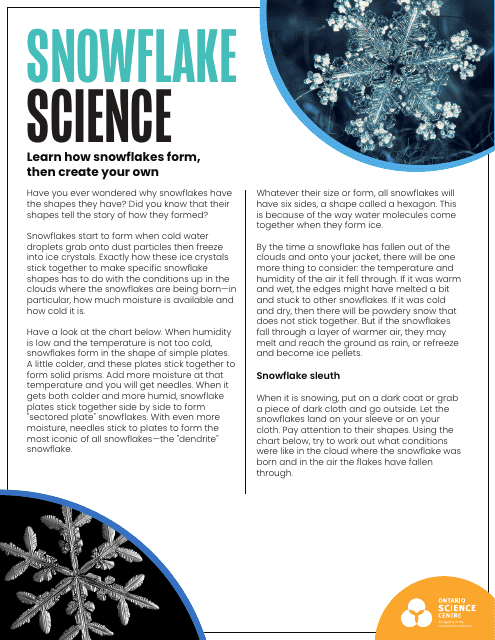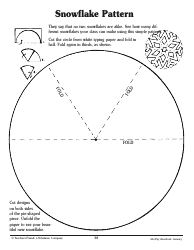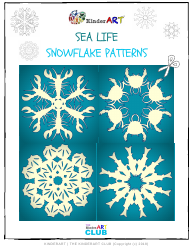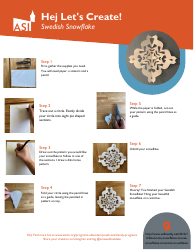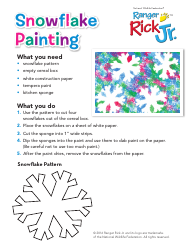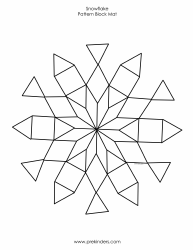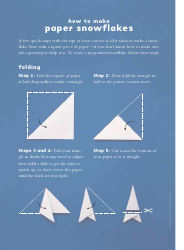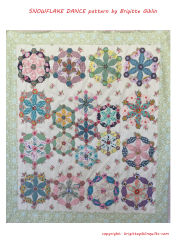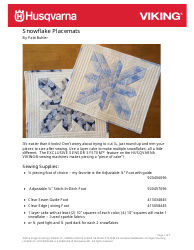Six-Sided Snowflake Pattern
The Six-Sided Snowflake Pattern is primarily used for crafting and art projects, particularly during the winter season or Christmas holidays. It's commonly used to create paper snowflakes for decoration. The six-sided pattern is planned to mimic the natural hexagonal shape found in real snowflakes. Additionally, this pattern might be used in quilting or digital art projects. It's possible for people of various age groups, and can be a fun, inexpensive way to add a seasonal touch to your home or classroom.
The six-sided snowflake pattern is not something typically filed by an individual or a country. It's a natural phenomenon that occurs when water crystals freeze in the atmosphere under certain conditions. Therefore, no documentation or filing exists for a six-sided snowflake pattern by a specific country.
FAQ
Q: What is the significance of the six-sided pattern in snowflakes?
A: The six-sided pattern, or hexagonal structure, is a result of the molecular shape of water. Since a water molecule is made up of two hydrogen atoms bonded to one oxygen atom, it creates a 105-degree angle which forms a hexagonal shape when the molecule freezes
Q: Can there be a snowflake without a six-sided pattern?
A: While the six-sided, or hexagonal, pattern is most common, snowflakes can sometimes form in different shapes. However, these are often irregular or malformed due to imperfect atmospheric conditions. The classic six-sided snowflake is typically formed under ideal conditions
Q: How common are six-sided snowflakes?
A: The six-sided snowflake is very common but each one is uniquely different from others. Despite the fact that they share the same hexagonal basic shape, the varying conditions each snowflake experiences as it falls to the ground allows for an infinite number of designs
Q: Is it true that no two six-sided snowflakes are alike?
A: While it's statistically unlikely, it's not impossible for two snowflakes to be alike. With an infinite number of snowflakes, and the complex process by which they form, the chance of finding two identical snowflakes is incredibly low, making each six-sided snowflake unique
